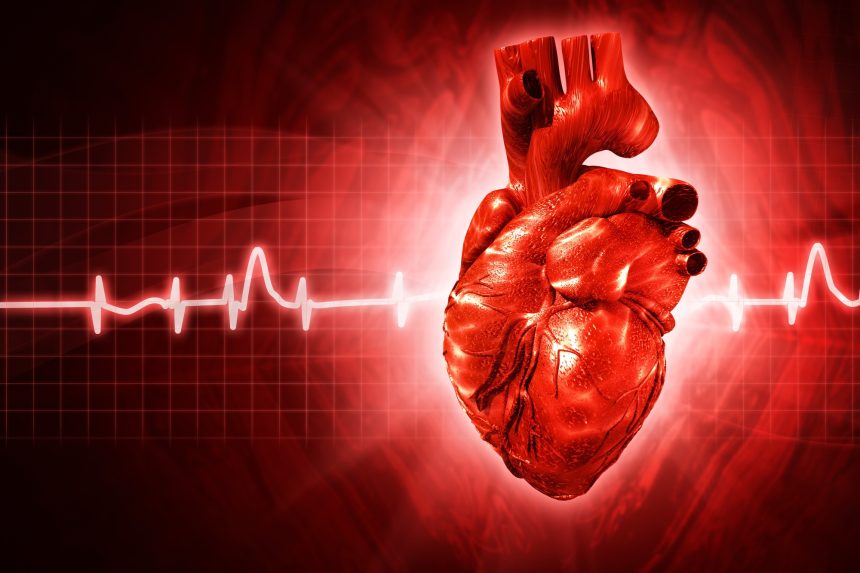In the United States, 12.1 million people suffer from the heart condition atrial fibrillation. It is the most common type of heart arrhythmia.
In this condition, the chambers of the heart beat out of sync for a short, long, or continuous period of time. As a result, the disease tends to worsen over time, especially if it goes undetected or untreated.
Paroxysmal atrial fibrillation is one of the early stages of atrial fibrillation. So understanding paroxysmal symptoms and treatments is important for good heart health.
With this disease so prevalent, you must understand the underlying causes that can exacerbate the condition.
In the following article, we’ll answer the question “What is atrial fibrillation?” and what you should know about the disease’s early stages.
Atrial Fibrillation Basics
Atrial Fibrillation, or AFib, is a disease where the two atrial chambers of the heart beat in an irregular fashion. The atrial chambers of the heart are the upper ones. This irregular beating causes ineffective blood flow through the two ventricles of the heart. The ventricles are the heart’s lower chambers.
You can clearly see the difference between a heart that suffers from AFib and one exhibiting normal beats through an electrocardiogram.
The usual beats appear as steady-spaced spikes on the ECG. With AFib, the beats or spikes of the heart vary in spacing. Some are in close succession; others are longer apart.
The duration of AFib can last days, weeks, or months. However, the length of time considered paroxysmal is less than 7 days. This type of AFib stops on its own but is a warning sign of a serious heart condition.
People who don’t seek treatment for chronic AFib are five times more likely to suffer a stroke. This, along with high blood pressure, are the leading indicators of strokes.
AFib Symptoms
Shortness of breath and extreme fatigue are two of the most obvious signs of AFib. You’ll notice these symptoms when attempting light exercise or when you struggle during normal activities. Finding yourself short of breath walking upstairs is a good example.
Others include lightheadedness and chest pains. These chest pains can sometimes be so severe that they may be confused for a heart attack.
The irregular heartbeat is also outwardly demonstrated by fluttering, rapid, or pounding palpitations.
Paroxysmal Atrial Fibrillation Risks
AFib is more common for people of European ancestry, especially as they reach advanced age. Sufferers of high blood pressure and obesity are also likely to develop AFib.
Other risk factors include:
- Smoking
- Diabetes
- Chronic kidney disease
- Heart failure
- Ischemic heart disease
- Hyperthyroidism
- Moderate to heavy alcohol use
For more information about who’s susceptible to AFIB, have a look at this helpful guide.
What Can You Do?
Maintaining a healthy diet and getting the proper exercise are the best ways to fend off AFib. In addition, avoiding salt and fatty foods and getting the recommended amount of daily fruits and vegetables are good ways to maintain heart health.
Light aerobic exercise three times a week and some strength training are great ways to keep your body and heart fit.
You should avoid stress and get a proper night’s sleep to keep your heart in good shape. Also, there are prescription medications that people can take to help manage chronic AFib conditions.
Consult a Doctor
If you are suffering from shortness of breath or feel unusually fatigued, you should consult a doctor and talk about an electrocardiogram.
Paroxysmal atrial fibrillation is generally treatable through lifestyle choices. Consulting a doctor to get on the proper path to health is a great way to avoid a more serious AFib condition.
Did you find this article helpful? Then, search this website for more on heart health and better living.















